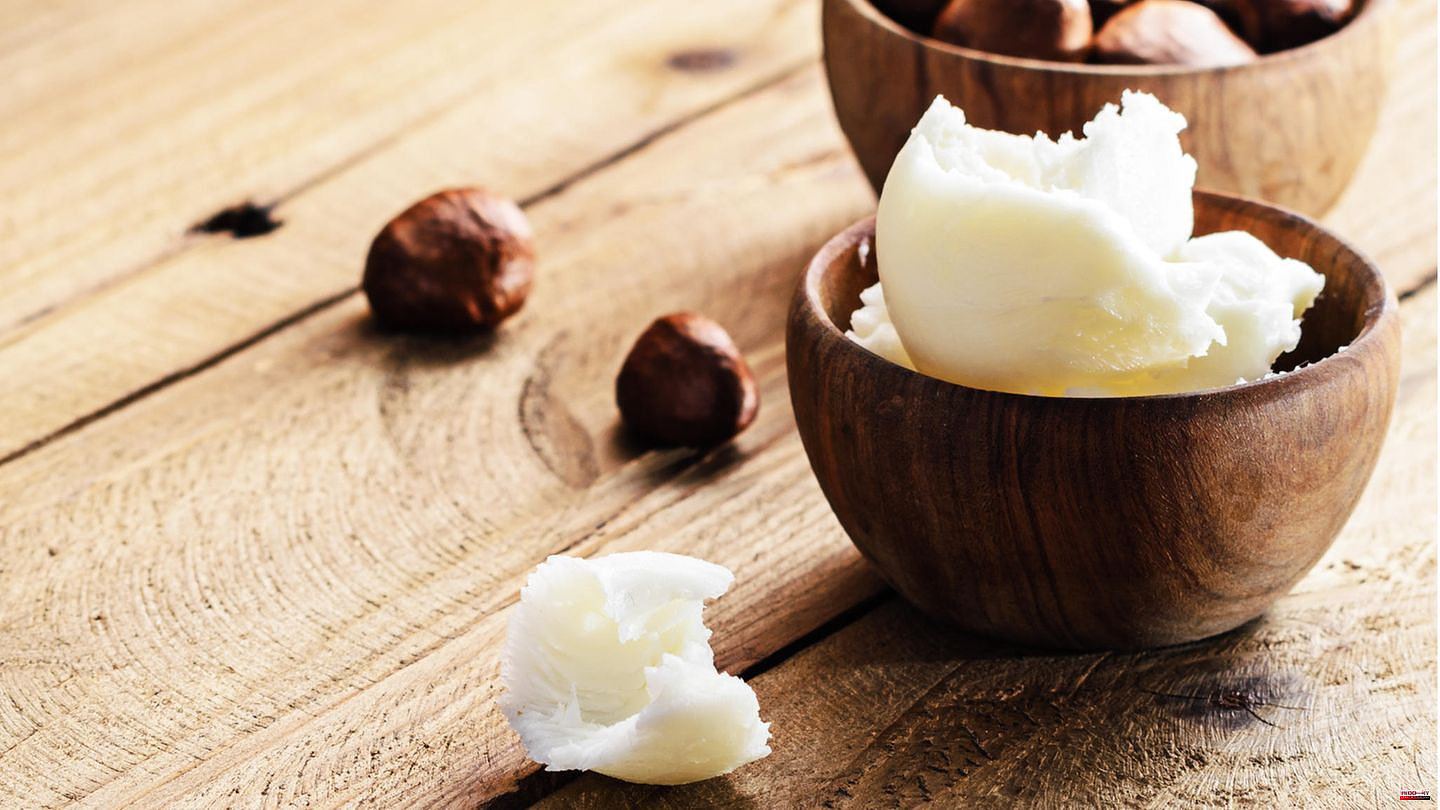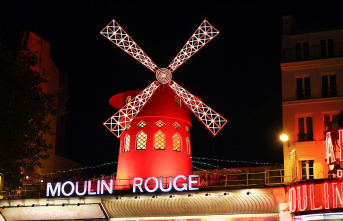Shea butter is obtained from the fruits of the Karité tree, which is native to Africa. To be more precise, it is the nut-like kernels whose shells contain the coveted vegetable fat. For the production, the shea nuts must first be dried and peeled by hand to remove the pulp. The shells are then roasted in an oven and mashed with a mortar, mixed with water and beaten until a yellowish-white mass of fat settles on the surface – and can be skimmed off. Only when this has cooled and hardened is unrefined shea butter spoken of. However, this is usually only found in (certified) natural cosmetics. Read on to find out why.
Shea butter smells slightly nutty, some also claim that the scent is reminiscent of chocolate. However, this most likely depends on the strain in question. It only retains its yellowish color if it remains unrefined, i.e. pure. In other words, if the shea butter is white, it has been refined for commercial processing. As a result, it no longer contains valuable beta-carotene (a precursor of vitamin A), which, among other things, is said to counteract natural skin aging. Other ingredients in shea butter that nourish skin and hair include:
Since most products contain only refined shea butter, valuable ingredients are lost. Nevertheless, in a weakened form, as found in many cosmetic products (creams, lotions), it has positive properties:
Unrefined shea butter, on the other hand, not only contains valuable beta-carotene, but is also said to be absorbed more quickly into the skin - without leaving a greasy film.
As already mentioned at the beginning, shea butter is equally suitable for the face, body and hair. Irrespective of whether you choose a refined or unrefined product - the way of application remains the same: Always take only a small amount and distribute it evenly on the skin or, for example, in the ends of the hair. However, keep in mind that refined shea butter can leave a light greasy film on the skin, making it ideal for overnight use. Unrefined shea butter, on the other hand, absorbs more quickly into the skin and can also be used during the day without any problems.
Another tip: Shea butter can also be used as a bath additive. Add a small amount to the water and enjoy (and your skin) a nourishing full bath.
Refined shea butter often contains fragrances and preservatives. It is therefore advisable to only use unrefined products - especially if you have sensitive skin. In addition, shea butter can be contaminated with harmful substances if there is no corresponding certificate on the packaging. When buying, look for natural cosmetics in organic quality, recognizable by certificates such as the Natrue seal for natural and organic cosmetics. And the price is also an important indicator of good quality: If the shea butter comes directly from Africa, where it was painstakingly handcrafted, a particularly cheap bargain should make you suspicious. Of course, a high price is still no guarantee for fair working conditions and sustainable raw materials, so products with the Fairtrade seal are still the better choice.
This article contains so-called affiliate links. There is more information here.












